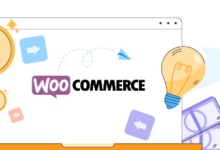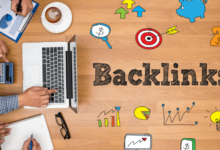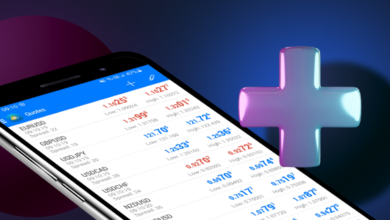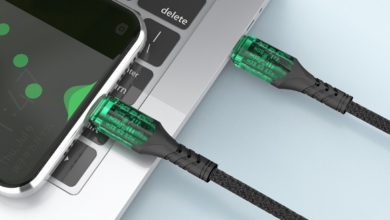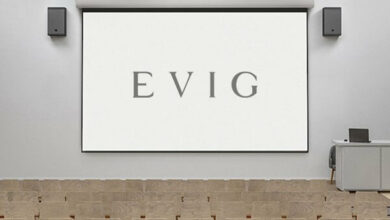What is NFT Development?
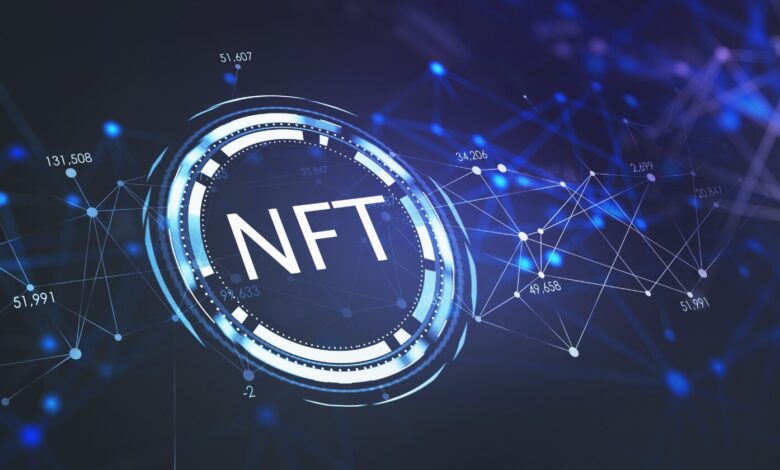
NFT Development is a process of developing non-fungible tokens, or NFTs. NFTs are digital assets that are stored on a blockchain and can represent anything from a piece of art to a virtual world. This type of development is still in its early stages, but there is already a lot of potential for NFTs. In this blog post, we will explore what NFT Development is and some of the ways it can be used.
What is NFT Development?
NFT Development is the process of creating non-fungible tokens, or NFTs. NFTs are digital assets that are not interchangeable with other tokens and can be used to represent ownership of real-world or virtual items.
NFT Development usually involves the use of blockchain technology, as NFTs are typically stored on a blockchain ledger. This ensures that NFTs are unique and cannot be duplicated. NFT Development can also involve the creation of smart contracts, which can be used to automate certain processes or rules associated with an NFT.
There are a wide variety of use cases for NFTs, including but not limited to: digital art, gaming items, collectibles, loyalty points, and more. With the help of an NFT Development agency, businesses and individuals can create unique digital assets that can be bought, sold, or exchanged in a variety of ways.
What are the benefits of NFT Development?
NFT Development can offer a number of benefits for businesses and individuals. Perhaps the most obvious benefit is the potential to create unique and valuable digital assets. With NFT Development, businesses can create one-of-a-kind digital items that can be used to promote their brand or products. For example, a business could create an NFT of a popular product and offer it as a prize in a contest. This would create excitement and buzz around the product, and potentially lead to increased sales.
Another benefit of NFT Development is the ability to track ownership and provenance of digital assets. This is particularly important for businesses that deal in high-value items, such as art or collectibles. By tracking the ownership history of an asset using an NFT, businesses can provide buyers with peace of mind that they are receiving a genuine item. Additionally, this tracking data could be used to verify authenticity in the event of a dispute.
Finally, NFT Development can help businesses tap into new markets and revenue streams. For example, businesses could sell exclusive access to digital content through an NFT marketplace. This could include things like early access to new products, behind-the-scenes footage, or VIP experiences. By offering these types of experiences through an NFT marketplace, businesses can reach new audiences and generate additional revenue.
What are the challenges of NFT Development?
NFT Development comes with a unique set of challenges that must be overcome in order to succeed. One of the biggest challenges is the lack of standardization across different platforms. This can make it difficult to develop an NFT that is compatible with all major platforms. Another challenge is the scalability of NFTs. As the popularity of NFTs grows, the demand for them will increase. This could lead to major scalability issues if the infrastructure is not in place to support a large number of transactions. Finally, there is the issue of fraud and counterfeiting. With NFTs being digital assets, they are susceptible to being copied and counterfeited. This could lead to lost value for investors and collectors.
How to get started with NFT Development?
If you’re interested in developing applications that use non-fungible tokens (NFTs), there are a few things you need to know. First, you’ll need to be familiar with the Ethereum blockchain, as that’s where most NFTs are stored. Second, you’ll need to learn how to use a tool called MetaMask, which allows you to interact with the Ethereum blockchain. Finally, you’ll need to choose a programming language and development platform. We recommend Solidity for beginners.
With that said, let’s dive into how to get started with NFT development!
The first step is to create a MetaMask account and add some ETH to it. You can do this by following the instructions on the MetaMask website. Once you have an account set up, you’ll need to connect it to an Ethereum blockchain provider. We recommend using Infura, which provides free access to the Ethereum mainnet and testnets.
Once you have MetaMask set up and connected to Infura, you’re ready to start coding! If you’re not sure where to start, we recommend checking out our tutorial on building an ERC721 token tracker. This will walk you through the process of creating a simple application that tracks ERC721 tokens.
The Different Types of NFTs
NFTs, or non-fungible tokens, are a type of cryptocurrency that represents a unique asset. Unlike fungible assets like cash or gold, each NFT is unique and cannot be replaced by another. NFTs are often used to represent digital collectibles, art, or other items with value.
There are many different types of NFTs, each with their own purpose and use case. The most common type of NFT is the ERC-721 token, which is used to represent digital collectibles on the Ethereum blockchain. Other popular types of NFTs include ERC-1155 tokens (used for in-game items and other digital assets) and ERC-20 tokens (used for utility applications).
Each type of NFT has its own benefits and drawbacks. For example, ERC-721 tokens can be easily traded on secondary markets, but they may be difficult to use in some applications. ERC-1155 tokens offer more flexibility when it comes to game design, but they can be more expensive to create and trade. Ultimately, it’s up to the creator of an NFT to decide which type is best suited for their needs.
How to Develop an NFT
NFT development is the process of creating non-fungible tokens. NFTs are digital assets that are not interchangeable and have unique characteristics. They can represent ownership of digital or physical assets, such as art, collectibles, and gaming items.
To develop an NFT, you will need to create a smart contract on a blockchain platform that supports NFTs. Once the contract is created, you will need to mint your NFT by sending it to the smart contract address. You can then sell or transfer your NFT to another party.
If you want to develop an NFT yourself, there are a few things you should keep in mind:
Choose a blockchain platform that supports NFTs: Not all blockchain platforms support NFTs. Some popular platforms that do support NFTs include Ethereum, EOSIO, and TRON.
Create a smart contract: A smart contract is a computer program that runs on a blockchain platform and controls the transfer of digital assets. To create a smart contract, you will need to use a programming language like Solidity or Vyper.
Mint your NFT: Minting is the process of creating an NFT and sending it to the smart contract address. To mint an NFT, you will need to use a tool like ERC721 Token Generator or Truffle Suite.
What are the drawbacks of NFT Development?
There are a few potential drawbacks to NFT Development that should be considered before investing time and resources into this relatively new technology. First, the lack of standardization around NFTs could lead to fragmentation and interoperability issues down the road. Additionally, NFTs are currently mostly used for digital assets like crypto art and in-game items, which means there is limited real-world value for most NFTs. Finally, because NFTs are stored on a blockchain, there is a risk of losing them if the underlying blockchain platform fails or is hacked.
Conclusion
NFT development is a process by which digital assets are created and stored on a blockchain. This type of development has many advantages, including the ability to create unique items that can be traded or sold, and the increased security that comes with storing data on a decentralized network. If you’re interested in creating digital assets, then NFT development is definitely something you should consider.

